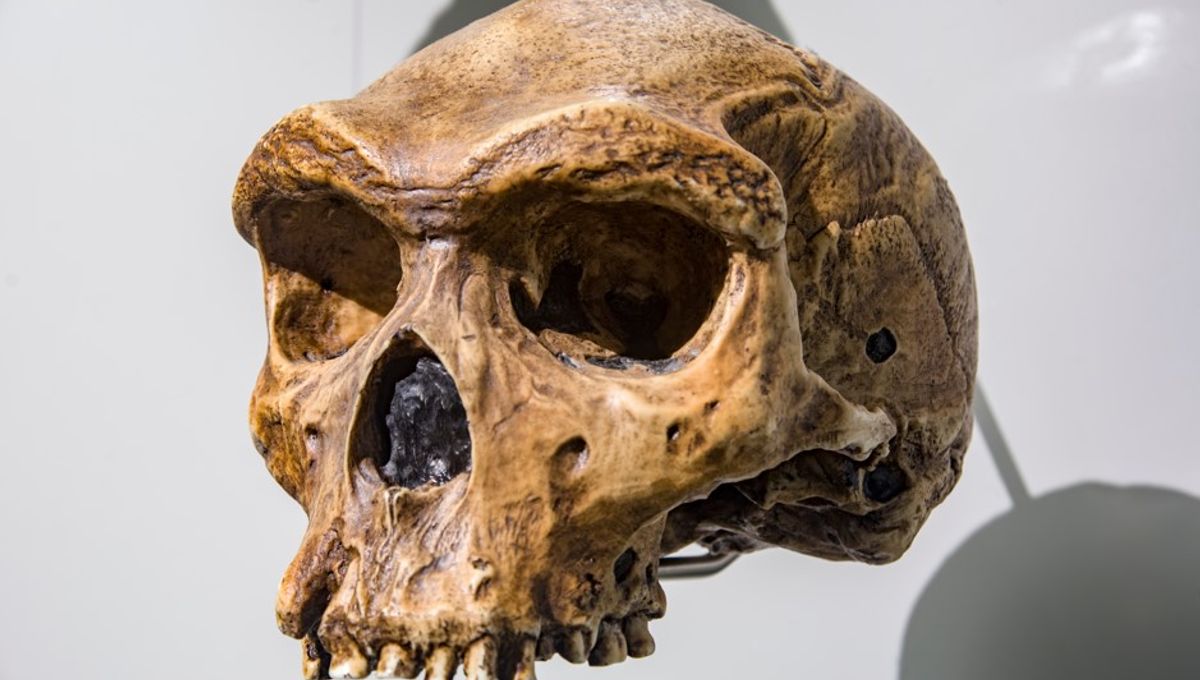
A nearly complete human skull that was discovered in a Greek cave in 1960 has remained at the center of a major anthropological debate for over six decades. However, researchers have finally settled the matter by revealing that the cranium belongs to a species that’s more primitive than both Homo sapiens and Neanderthals, yet existed alongside the latter in Europe close to 300,000 years ago.
The rest of this article is behind a paywall. Please sign in or subscribe to access the full content.
Known as the Petralona hominin, the specimen was found in the Petralona Cave near Thessaloniki and immediately piqued the interest of anthropologists, who sought to analyze the skull’s morphology in order to identify the species. Initial reports suggested that the prehistoric noggin could belong to a member of the Homo erectus or Neanderthal lineages, although some scholars think the cranium might represent an early iteration of our own species.
To thicken the plot further, it later turned out that the Petralona skull shares a number of striking similarities with a 300,000-year-old cranium that was found in Zambia back in 1921. Today, most researchers agree that this African specimen belongs to Homo heidelbergensis, an extinct hominin that is thought to be a common ancestor of both Neanderthals and modern humans.
One of the main problems surrounding the Petralona hominin, however, is that all previous attempts to date the remains have yielded ambiguous results. Various studies have returned ages ranging from 170,000 to 700,000 years, making it impossible for anyone to agree on the true age of the fossil.
However, the authors of a new study have used uranium-series dating to confirm that the skull has a minimum age of around 286,000 years, suggesting it may be contemporary with the Zambian H. heidelbergensis cranium. Weighing in on the debate surrounding the identity of the Petralona hominin, the authors say that the specimen appears to lack the mid-face characteristics of Neanderthals, and therefore seems likely to belong to H. heidelbergensis.
This finding supports the idea that European and African populations of this prehistoric human species may have remained closely related throughout the Middle Pleistocene, forming one expanded lineage known as H. heidelbergensis sensu lato. In addition, the new data regarding the age of the Petralona skull indicates that this species – which first appeared some 700,000 years ago – was still around in southern Europe during the age of the Neanderthals.
“Thus, our results support the view that hominins allied to H. heidelbergensis sensu lato persisted in Europe during the later Middle Pleistocene, alongside an evolving Neanderthal lineage,” conclude the researchers.
The study is published in the Journal of Human Evolution.
Source Link: 300,000-Year-Old Skull Shows Neanderthals Lived Alongside Another Ancient Human Ancestor